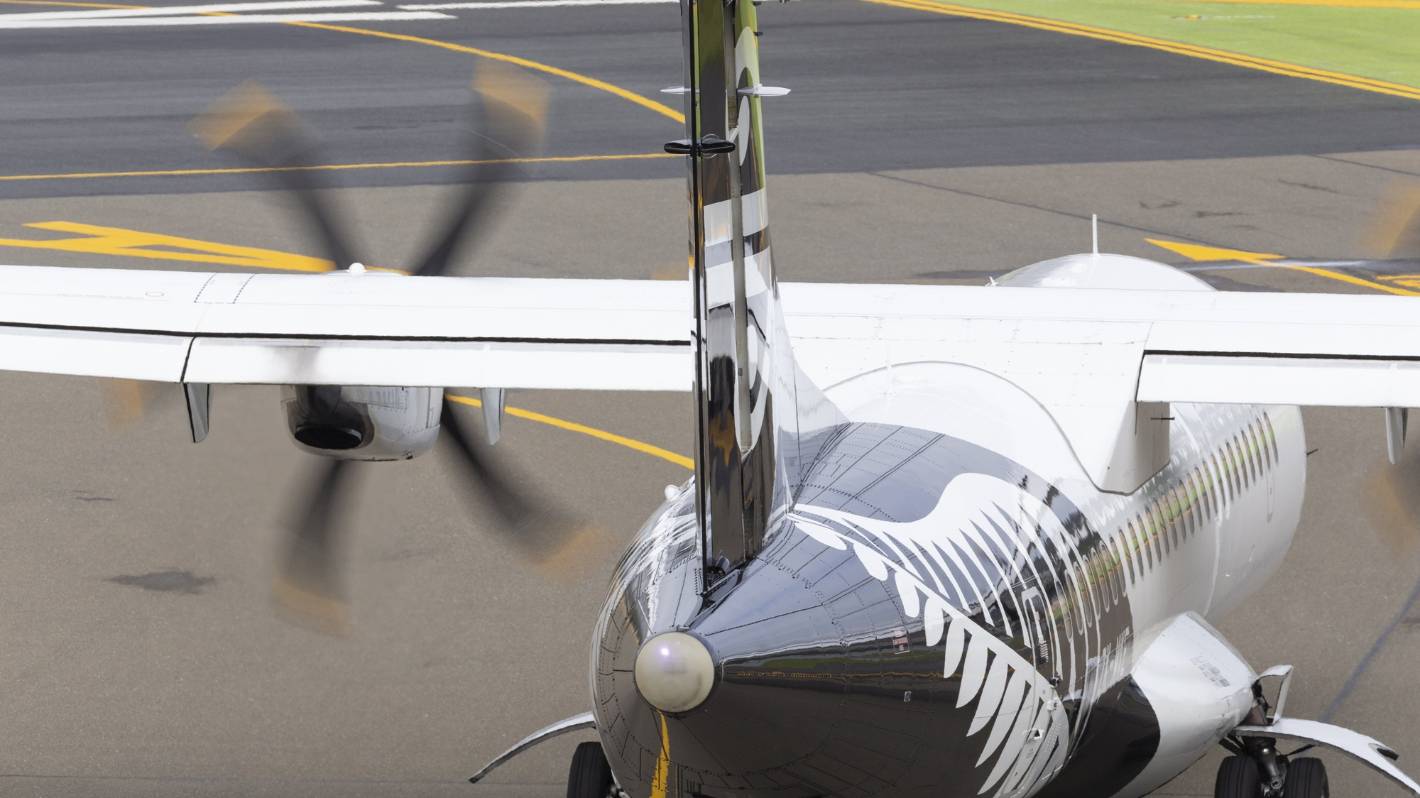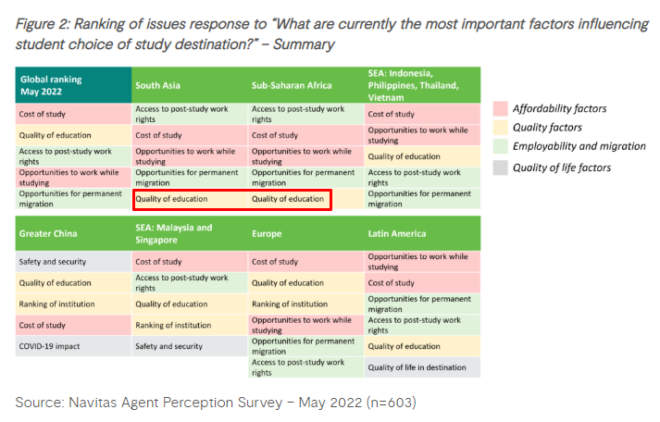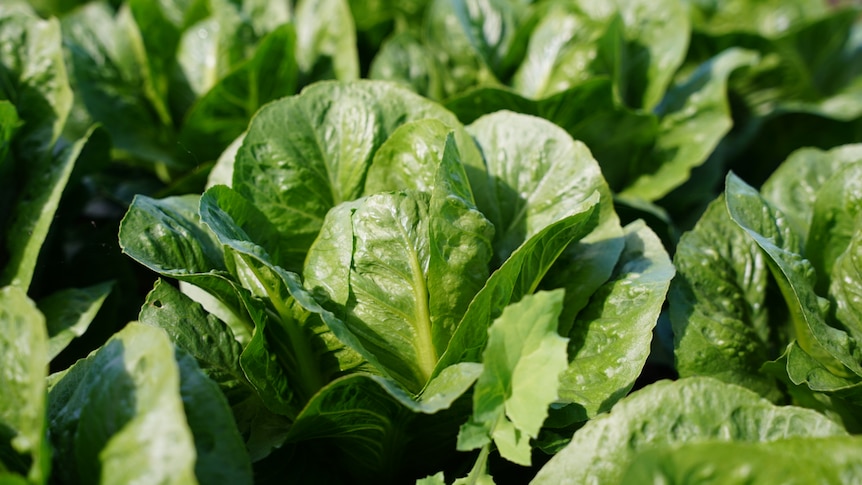People booked with Air New Zealand over coming months are crossing their fingers they won’t be among the thousands who will have their flights dropped as the airline deals with staff shortages.
The company said 100,000 customers would be affected by the reduced schedule, which was done so more staff could be on standby to cover for illness.
It has been six years since Sarah traveled overseas and now she is hoping for a dream holiday she is taking this month goes to plan.
READMORE:
* What you should know if Air New Zealand changes your flight
* Air New Zealand reduces flight schedule over next six months to deal with staff sickness
* Air New Zealand bringing first aircraft back from American desert
But when she heard Air New Zealand suggested those with cheap seats would be bumped first, she saw red.
“Pretty angry, I’d say don’t bump me off, I booked my flights months ago, like they want you to do, then they go someone can come along and book in today and be ahead of me. That stinks, that’s really unfair.”
Ross Giblin/Stuff
Air New Zealand said 100,000 customers would be affected by the reduced schedule.
Sarah plans to travel from Christchurch to Auckland and then on to Singapore where she will catch a flight to India.
“If they muck up any of those flights, I’m going to be buggered. I’ve only got a one-hour connection in Singapore to get onto the other flight.”
The airline said when it cut flights it would offer a credit or refund for those who could not be rebooked for the same day or with a day on either side for international travel.
Consumer NZ chief executive Jon Duffy said the announcement omitted important information about passengers’ rights.
Would-be domestic travelers are entitled to claim up to 10 times the cost of the ticket or the actual cost of delay, whichever is lower, if the cancellation is within the airline’s control.

Stuff Travel’s exclusive offers in your inbox every Tuesday
sign up now
Similar rules apply for international flights but vary depending on the airline and country the traveler is in.
“We recognize this is a challenging time for all airlines and commend Air New Zealand for proactively managing upcoming capacity and scheduling issues,” Duffy said.
“We’re not sure when this policy will begin impacting passengers – the more notice Air New Zealand can give its customers, the better.
“However, Consumer NZ has concerns that passengers affected by Air New Zealand’s schedule changes may not be given the full picture about their rights.”
If the airline offered a customer another flight that did not suit, they could ask for a refund and claim reimbursement for any additional costs such as accommodation and meals incurred getting to the destination, he said.

Dive deeper.
Stuff Travel is on YouTube.
Explore
Auckland woman Kirsten Henry has eight domestic flights booked for different trips this year, including to Queenstown to do a Great Walk.
“The travel that I have booked is time sensitive, all of it, and particularly the personal travel where if I was forced to take a later flight then that would potentially then mean I wouldn’t be able to do those things.”
She has booked fully refundable flexible fares at top dollar, which she now regrets after spending hours waiting on hold to get through to Air New Zealand’s customer service center last week to get a refund for a family member’s flight.
She gave up and opted for a credit online instead.
“It does annoy me that Air New Zealand’s selling these fully refundable fares but they’re not really unless you’re willing to really put yourself out and spend hours on the phone waiting to speak to a person. You should be able to cancel them on-line.”
Brook Sabin/Stuff
The airline said when it cut flights it would offer a credit or refund for those who could not be rebooked for the same day or with a day on either side for international travel.
Air New Zealand said its call center had a maximum wait of five hours at one point last weekend, when fog delayed many flights.
House of Travel chief operating officer Brent Thomas said airlines needed to be much more upfront about passengers’ rights when there were cancellations.
“There hasn’t been clarity given by Air New Zealand or others for that matter who fly through New Zealand. It is far clearer in certain other jurisdictions around the world.”
The affected customers would require clarity, Thomas said.
“This is a big disruption, 100,000 people over the next few months is massive,” he said.
“I understand it, they don’t want to disappoint people closer to the time, they want to give as much notice as possible and that’s to be applauded, but let’s not sugar-coat it. It still is something that’s going to be a bit of a downer for some people who are impacted and quite materially impacted.”
This story was originally published on RNZ.co.nz and is republished with permission.













